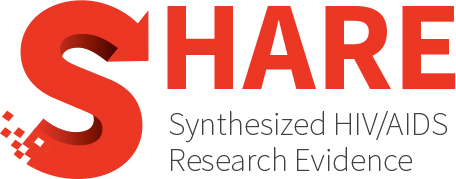The environmental and social influences of HIV/AIDS in Sub-Saharan Africa: A focus on rural communities
Abstract
The Human Immunodeficiency Virus/Acquired Immunodeficiency Syndrome (HIV/AIDS) pandemic has caused far-reaching effects in sub-Saharan Africa. The pandemic has effectively diminished the workforce, increased poverty rates, reduced agricultural productivity, and transformed the structure of many rural households. HIV/AIDS further strains the already fragile relationship between livelihood and the natural and social environments of these regions. Therefore, the objective of this review is to characterize the impact of HIV/AIDS on the environment and the social infrastructure of rural sub-Saharan Africa. There are many aspects of rural life that contribute to disease transmission of HIV/AIDS and that pose unique challenges to the population dynamics in sub-Saharan Africa. Widespread AIDS-related mortality has caused a decrease in population growth for many African countries. In turn, these alterations in population dynamics have resulted in a decrease in the percentage of prime-age working adults, as well as a gender disparity, whereby, females carry a growing burden of household responsibilities. There is a rising proportion of older adults, often females, who assume the role of provider and caretaker for other dependent family members. These changing dynamics have caused many to exploit their natural surroundings, adopting less sustainable land use practices and utilizing protected resources as a primary means of generating revenue.
Authors
Oramasionwu CU, Daniels KR, Labreche MJ, Frei CR.
Year
2011
Topics
- Determinants of Health
- Employment
- Income
- Other
- Population(s)
- Women
